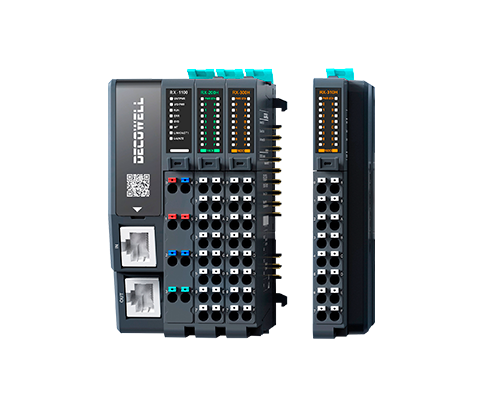Introduction: Bridging Limitations in Circuit Design
Imagine a scenario where a simple circuit design is plagued by limited input/output options, forcing engineers to compromise on functionality. Did you know that in increasingly complex designs, the demand for efficient io expanders has surged? The limitations of conventional approaches, largely due to scalability issues and pin-count constraints, are a persistent headache for electronics developers. In this context, understanding the role of IO expanders becomes crucial for modern engineering solutions.

Body: The Nuts and Bolts of IO Expanders
① Traditionally Flawed Solutions
Historically, engineers relied on direct microcontroller pins for managing multiple peripherals. This approach, while straightforward, reveals significant flaws — limited pin availability and overcomplicated wiring lead to inefficiencies. Just think about the compatibility issues and manual configurations required; isn’t there a better way to manage our connections?
② New Technology Principles
Enter IO expanders — these innovative devices serve to bridge the gap between microcontrollers and numerous inputs/outputs with minimal wiring. They work by utilizing I2C or SPI protocols, allowing multiple devices to function over a single data line. It’s simpler than you think! They effectively enhance functionality while reducing wiring clutter.

③ Quantified User Benefits
Adopting IO expanders has shown to enhance system reliability, lower component count, and streamline prototyping processes. Users report a reduction in layout complexity and improved debugging efficiency — which in turn accelerates time to market. It’s a win-win for tech teams everywhere!
Conclusion: Evaluating Your Solutions Wisely
When considering your options, always verify these 3 metrics when choosing solutions: ① Compatibility with existing protocols, ② Scalability for future expansions, and ③ Cost-effectiveness of the overall design. Making informed choices around innovation like the IO expander can make a significant difference in your project’s success.
Input/Output Expander: The Smart Solution
An input/output expander allows circuits to access multiple inputs and outputs through fewer connections. This flexibility not only saves space on PCBs (Printed Circuit Boards) but also provides developers with the ability to rapidly prototype and scale new projects. With the rise of device interconnectivity, IO expanders have become a staple in the toolkit, helping engineers navigate complex designs while ensuring reliable performance. By managing multiple peripherals efficiently, devices can interact seamlessly, unlocking new possibilities in circuit functionality.
IO Expansion Module: Enhancing Connectivity
The io expansion module is a pivotal component in today’s tech arsenal. Acting as an intermediary, it communicates between the microcontroller and multiple I/O devices. This level of efficiency is paramount in applications where every millisecond counts. Furthermore, it simplifies the design while enhancing readability and manageability of code — a crucial factor for collaborative projects. As developers demand more capabilities from their devices, the io expansion module proves to be an indispensable resource in maximizing the potential of electronic systems.
Conclusion: Choose Wisely with DECOWELL
In summary, the IO expander and its associated technologies play a vital role in modern electronics, fundamentally altering how we approach circuit design. For those on the hunt for innovative and reliable components, DECOWELL stands out as a trusted manufacturer that offers significant supply advantages. By leveraging their expertise in the field of IO expansion, you can ensure that your projects not only meet but exceed industry standards.

